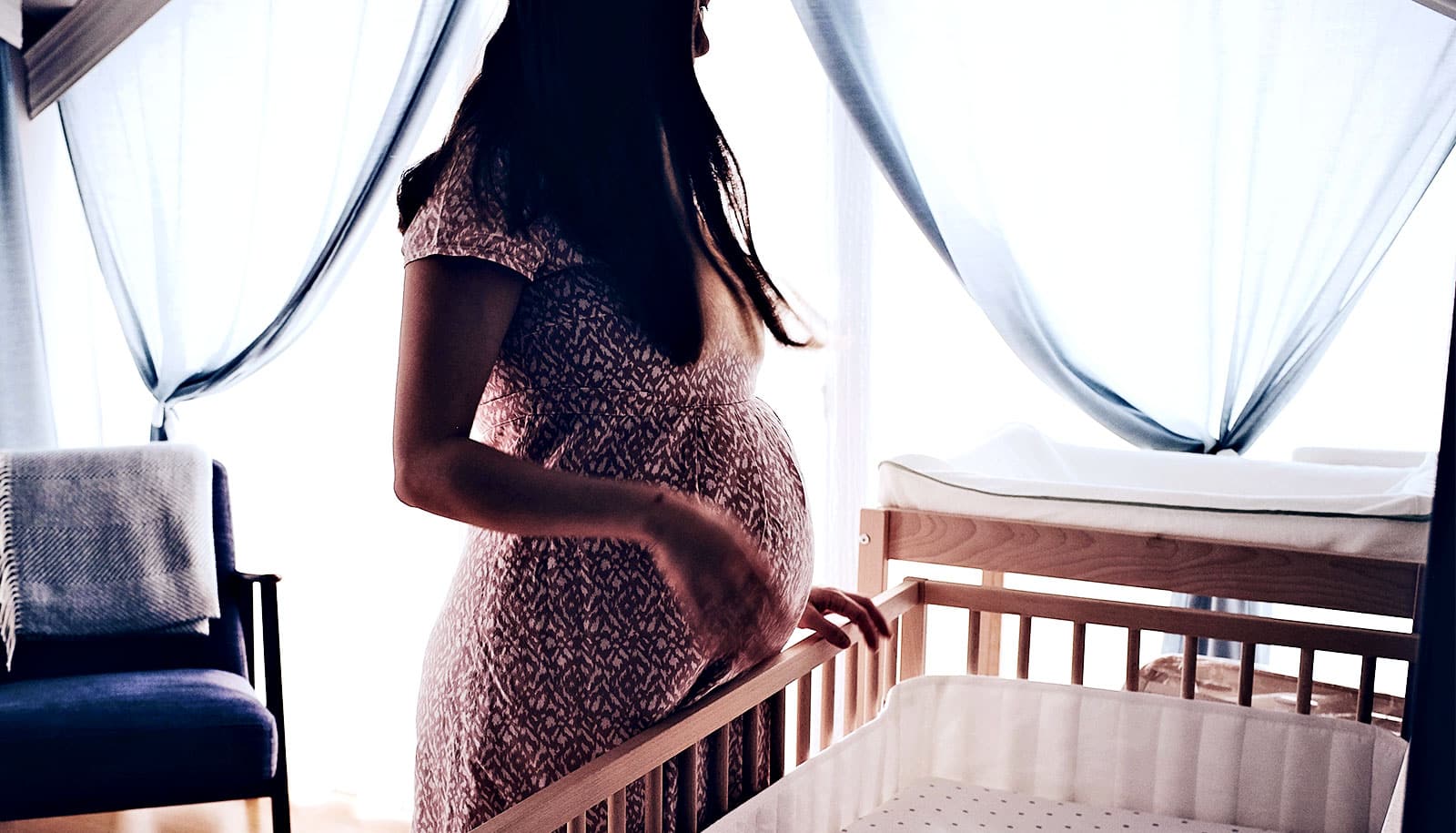In a new study, women with lower levels of manganese in early pregnancy were more likely to develop preeclampsia in late pregnancy.
The study in Epidemiology suggests the possibility that boosting manganese levels in women before and during pregnancy could potentially reduce preeclampsia risk.
Preeclampsia usually occurs after the 20th week of pregnancy and affects more than 100,000 women in the US each year and an estimated 2 to 8% of pregnancies worldwide—and is trending towards higher rates.
It features high blood pressure and associated organ damage, to the kidneys, for example. If untreated, preeclampsia can lead to fatal complications such as stroke for mothers and/or premature birth for offspring. Risk factors include obesity, diabetes, and a family history of the condition, but its root biological causes are unknown.
The new paper is thought to be the first to link preeclampsia to lower manganese levels in early pregnancy, long before preeclampsia appears. Prior epidemiological studies have found that women with preeclampsia tend to have lower manganese levels compared to women who don’t have preeclampsia. This earlier research did not establish whether the variation in manganese levels preceded the development of preeclampsia.
“If our findings are confirmed by other prospective pre-birth cohorts, then this association between low manganese and preeclampsia should be examined experimentally, first in mice and then in humans,” says senior author Noel Mueller, an assistant professor in the epidemiology department at Johns Hopkins University’s Bloomberg School of Public Health.
“These new findings are especially relevant, considering that preeclampsia rates are increasing and we still lack any good strategy for preventing it,” says first author Tiange Liu, a research data analyst.
The researchers previously found, in a study from 2019, that in a sample of more than 1,000 women from the Boston Birth Cohort, levels of manganese in red blood cells, as measured shortly after delivery, tended to be lower in women who had had preeclampsia.
For their new analysis, the researchers looked at data from another Massachusetts-based study called Project Viva, which was conducted in 1999-2002. The Project Viva dataset included preeclampsia outcomes and also levels of manganese in blood drawn in the first trimester of pregnancy.
If preeclampsia in these cases tended to be preceded by low manganese levels months earlier, that would be an even stronger hint that low manganese levels can be a causative factor for this condition.
The sample included 1,312 women, of whom 48 (3.7%) developed preeclampsia.
The researchers in their analysis found that higher manganese levels in the first trimester were associated with a lower risk of preeclampsia later in the pregnancy, depending on the dose. This suggests that incrementally more manganese would bring incrementally less risk.
The researchers divided the women into three equally sized groups according to their measured manganese levels—low, medium, and high—and found that those in the high-manganese group had just half the risk of preeclampsia, compared to those in the low-manganese group.
The study was observational and did not establish a causal relationship between higher manganese levels and lower preeclampsia risk. The findings suggest that further studies that could establish a causal relationship, including of high-manganese diets, might soon be advisable.
Many common foods such as mussels, brown rice, sweet potatoes, pine nuts, and spinach are relatively rich in manganese.
Manganese has multiple biological roles in human cells—in enzyme complexes, for example, that help protect cells from harmful oxygen-containing molecules. But how it would ward off preeclampsia is so far unclear. Studying cellular mechanisms during pregnancy would help illuminate how differences in manganese levels could account for changes in preeclampsia risk, the researchers say.
The National Heart, Lung, and Blood Institute funded the study.
Source: Johns Hopkins University



